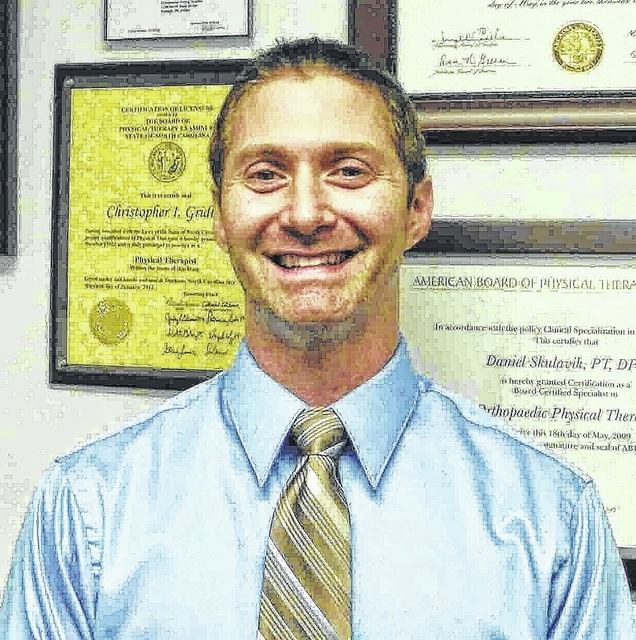The shoulder joint is subject to a great deal of motion, more so than other large joints in the body. This makes the shoulder susceptible to dislocation. Anyone who has experienced a dislocated shoulder knows how painful it can be. In fact, a dislocation can lead to a condition called multi-directional instability of the shoulder (MDI). The joint dislocation can result in an excessive forward, backward or downward motion relative to its normal position. MDI is often seen as a result of a sports-related injury, but it can develop over time with repetitive use of the shoulder joint.
Surrounding soft tissues are also affected. Ligaments and muscles in the arm and shoulder region can become stretched or torn. At times, a genetic abnormality of the joint can be an underlying cause. Repetitive motion, shoulder sprains and sudden muscle contractions can result in MDI. Individuals with below average fitness levels and ‘loose joints’ are also at risk.
Multidirectional instability leads to weakness in the rotator cuff muscles, which become fatigued and overworked. The surrounding bursa (fluid filled protective sacs), tendons and nerves may also get affected. Pain in the shoulder at rest and with motion is a common symptom. MDI may be associated with numbness, paralysis and weakness in the shoulder. Some patients report a crackling feeling or sound inside of the shoulder area during motion.
Physical therapy plays a crucial role in recovery from any dislocation. Your therapist will help position the shoulder joint in the right position and immobilize it to promote healing and prevent further damage. A sling may be used for three to eight weeks, depending upon the severity of the injury. Once healing is complete, physical therapy will facilitate recovery. Rehabilitation treatments can include:
1. Heat and Cold Therapy – Used to manage pain and reduce swelling.
2. Exercise – A customized program of gentle exercise to build stability, strength and muscle control helps offset muscle weakness after weeks in a sling. Patients will be provided with a strength and mobility program that can be implemented at home and work.
3. Electrical Stimulation – The technique is used to improve muscle and ligament tone. This is a useful method to control pain and inflammation.
Multi-dimensional instability of the shoulder must be evaluated carefully to determine the best course of treatment. As your physical therapists, we will do everything possible to relieve your pain, prevent further damage, and provide the rehabilitation framework to help you recover quickly. Once joint healing is complete, we put you through a routine of specialized exercises and therapies to help you regain strength, stability, and functionality. MDI is a complex condition, and it is often overlooked. Therefore, we encourage you to reach out to us as quickly as possible. Give us a call to discover how physical therapy can help heal your shoulder and every joint in your body. We look forward to hearing from you!

